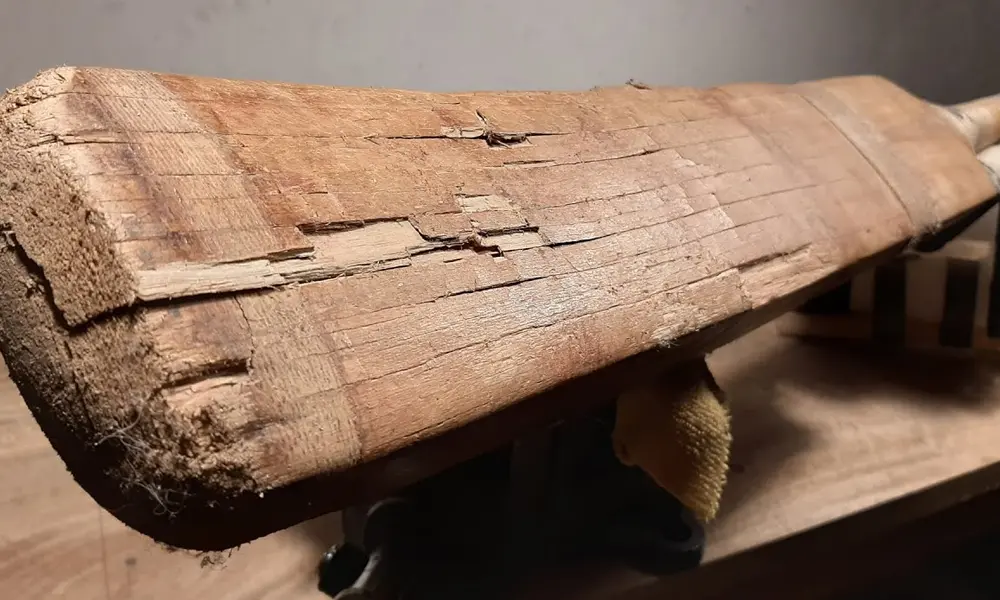Dissecting the Blade: Exploring the Anatomy of a Cricket Bat

In the enthralling world of cricket, where every stroke holds the promise of victory and every edge can turn the tide of a match, the cricket bat stands as a symbol of power, precision, and tradition. But beyond its outward appearance lies a complex anatomy that contributes to its performance and character on the field. Join us as we embark on a journey to dissect the blade and explore the intricate anatomy of a cricket bat, from handle to toe.
The Handle
At the heart of the cricket bat lies the handle, the player's connection to the blade and the source of control and precision in their strokeplay. Typically made from cane or composite materials, the handle is wrapped in a grip that provides traction and stability, allowing the player to wield the bat with confidence and accuracy. The handle is also responsible for absorbing the shock and vibration of impact, minimizing discomfort and fatigue during long innings at the crease.
The Blade
The blade is the business end of the cricket bat, where power meets precision and every shot is executed with intent and purpose. Made from high-quality English willow or Kashmir willow, the blade is crafted with precision engineering and meticulous craftsmanship to deliver optimal performance on the field. It features a flat hitting surface known as the face, which is responsible for making contact with the ball and propelling it towards the boundary with speed and precision.
The Sweet Spot
Arguably the most important feature of the cricket bat, the sweet spot is the area on the blade where maximum power and control are achieved. It is typically located slightly above the midline of the blade and extends towards the toe, providing the perfect balance of power and precision for executing powerful strokes. Players aim to make contact with the ball in the sweet spot to maximize the distance and accuracy of their shots, making it a crucial factor in their success at the crease.
The Edge
The edge of the cricket bat refers to the thin, beveled edges that run along the sides of the blade. While they may appear inconsequential, the edges play a significant role in the performance of the bat, providing additional power and forgiveness on off-center hits. Thicker edges are generally preferred by power hitters, as they offer greater power and stability on aggressive strokes, while thinner edges are favored by strokemakers who prioritize control and precision.
The Toe
At the bottom of the blade lies the toe, the endpoint of the cricket bat and the final point of contact with the ground during a stroke. While often overlooked, the toe plays a crucial role in the balance and stability of the bat, helping to distribute weight evenly and prevent the blade from twisting or turning during the swing. A well-maintained toe is essential for preserving the longevity and performance of the bat, ensuring that it remains a reliable weapon in the player's arsenal for years to come.
Conclusion
In conclusion, the anatomy of a cricket bat is a testament to the marriage of tradition, craftsmanship, and technology that defines the sport. From the handle to the toe, each component plays a crucial role in shaping the performance and character of the bat on the field. By understanding the intricate anatomy of their bat, players can unlock its full potential and elevate their game to new heights, wielding it with confidence and precision as they strive for greatness on the cricket field.

